The black walnut tree (Juglans nigra) is a fantastic source of food and medicine. Unfortunately, too many people let these nuts go unused, frustrated by the mess they cause in their yard rather than appreciating all of the many uses for black walnuts.
Although Central Vermont is not within the native range of black walnut trees – they are common across Central and Eastern United States – they were one of the most common trees on our Missouri homestead.
Every year, between September and October, our property was littered with black walnut hulls! Local wildlife collected them for winter storage, and we harvested them for food, dye, ink, and herbal remedies.
Not only that, black walnut trees produce gorgeous, deep brown wood that is highly valued, cast enormous amounts of shade, and produce delicious sap that can be boiled into syrup!
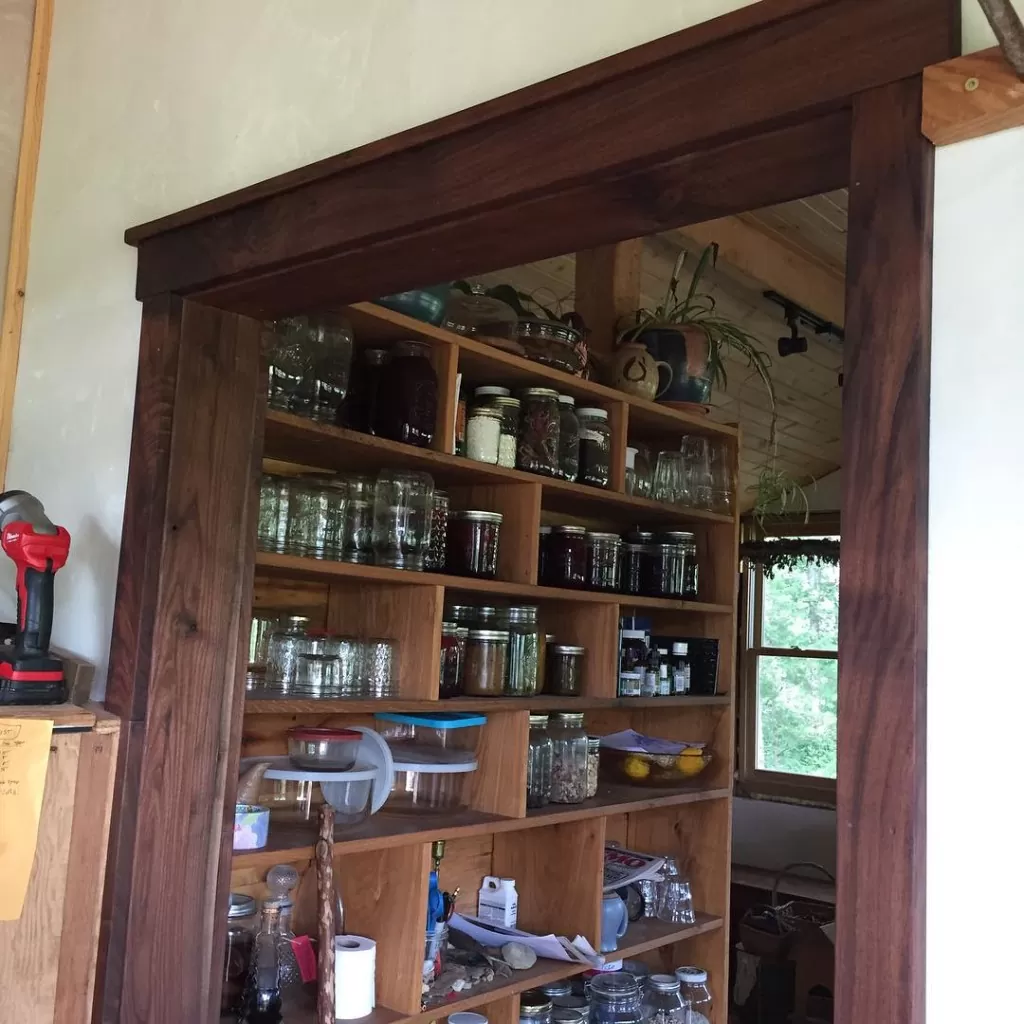
If you live in an area where black walnut trees thrive, I highly recommend planting some trees. There are many here in Vermont that have been planted in yards or for landscaping, and climate change modeling indicates that black walnut’s range will expand north in coming years.
The only caveat I would add is that black walnuts secrete a toxin called Juglone that can cause damage to plants, including some garden annuals! Plant black walnuts at least 50 feet from any beloved plantings.
How to Harvest Black Walnuts
Before we look at the uses for black walnuts, let’s learn how to harvest these valuable nuts.
Fortunately, it is easy to know when walnuts are ready to harvest; simply watch your tree and wait for them to fall to the ground! In fall, when leaves begin to turn a yellow hue, the fruits fall from the tree.
Select only the walnuts that are green to brown. Don’t collect black, moldy, or rotten ones that have been on the ground for a while because they are more likely to have fungus, or insects living inside of them.
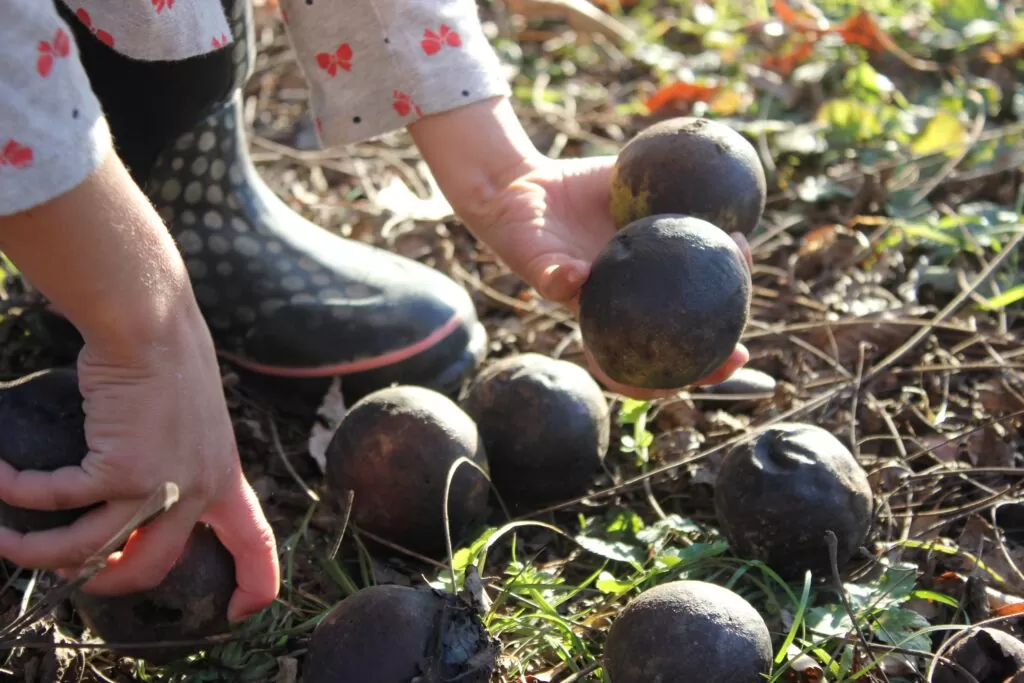
Once you have gathered black walnuts from the ground, put on gloves and some old clothing and begin removing the husks. Some people like to step on the walnuts for easier husk removal, others use a hammer, and some like to run the walnuts over with a car!
Once the husk is removed, scrape off as much flesh as you can from the nuts and wash them well. If you have a pressure washer, this could be a useful tool.
The next step is to cure the black walnuts. Curing takes several weeks. Simply spread them out in a single layer somewhere with plenty of ventilation and let them dry.
Store the walnuts in their shell until you’re ready to crack and eat the nuts. The high oil content of walnuts causes them to turn rancid quickly, so if you do decide to crack open the nuts, store the nutmeat in mason jars in the freezer.
How to Use Black Walnuts
Now, let’s look at some common and unique uses for black walnuts!
Black Walnuts as Food
The yummiest way to use black walnuts is to eat them!
Black walnuts have an extremely hard shell, so a classic nutcracker will not work. Some people swear by wire cutters! I have also seen nutcrackers that were specifically made for black walnut shells.
Once removed from their shell, black walnuts are a healthy snack that you can eat with or without cooking. You can use them in any recipe that calls for walnuts or any other type of nut, but the flavor of wild foraged black walnuts is much bolder and more earthy.
Homemade Walnut Dye
Another use for black walnuts is making a natural dye for yarns or fabric. Anyone who has tried to remove the hull of black walnuts without gloves is well-acquainted with the warm brown stains that are left on your hands.
Making a dye from black walnut hulls is simple, involving simmering the hulls in water for several hours. If you live with someone who has a nut allergy, always exercise caution with black walnuts, and work outdoors.
Check out a complete tutorial for making homemade walnut dye from Joybilee Farm.
Natural Ink from Walnuts
Black walnut hulls can be boiled down to create a natural ink that is free of toxins.
This is great for those who practice calligraphy or painting, but you also can make thicker ink for stamping or fountain pens. If you enjoy making homemade crafts, walnut ink also stamps fabrics!
This is a fabulous project to do with kids. Find a rooster feather and practice writing with all-natural tools!
Black Walnut Tincture
A black walnut tincture is easy to make, and you’ll find many variations in recipes. You can tincture in vodka or glycerine, using the whole nut or only the green hull.
This tincture has many different uses, but the most common is to treat an athlete’s foot. Additionally, the tannins present in black walnuts may help reduce excessive sweating, aid digestion, relieve heartburn, and treat skin conditions like acne and boils.
Check out Common Sense Homesteading’s tutorial for a black walnut tincture.
Tapping Black Walnut Trees for Syrup
One of our favorite uses for black walnuts is tapping the tree for syrup. I am often asked how black walnut syrup differs from maple syrup. My answer: Black walnut syrup is nuttier and earthier in flavor.
If syrup could be compared to a string quartet, maple would be a violin, and black walnut syrup a cello. (Perhaps birch syrup is the bass, with its deep, caramelized flavor?)
I wrote all about tapping black walnut trees for syrup; check it out if you would like to try making a truly unique syrup this year.
Dried Powder from Black Walnuts
You can also create a dried powder from the green hulls. The powder is versatile and can be mixed with water to create a natural wood stain, dye, or ink.
Black walnut powder may also have medicinal qualities. Some use it for fungal infections.
Here’s how to make black walnut powder.
Black Walnut Tea
Black walnuts may also be used as a medicinal tea. The tea is sometimes used for thyroid problems, sore throats, tonsillitis, eczema, and hemorrhoids.
Check out these instructions to make black walnut tea at home.
Black Walnut Snowball Cookies
This delicious recipe is a classic Christmas-time cookie, often made with English walnuts from the supermarket. Enjoy a tasty twist by using black walnuts you’ve foraged from your backyard.
Green Black Walnut Honey
The “green” or immature Black Walnut nuts can be useful as well, as in this honey-like syrup. It may take at least 30 days of fermenting until the black walnut honey achieves the flavor you want.
Forager Chef shows us how to make this delicious delicacy!
Black Walnut Pesto
Pesto can be made from almost any type of green, including mustard greens, arugula, cilantro, nettles, spinach, basil, chickweed, and more. You typically add other ingredients like pine nuts, cheese, and other options to change the flavor.
The next time you make homemade pesto, try adding black walnuts to the recipe.
Black walnuts and basil work well together; the flavor of the basil is a nice complement to walnuts, and black walnuts will not be overpowered by the basil.
Black Walnut Liquor – Nocino
Another delicious recipe that uses the “green” (immature) nuts is Nocino, or black walnut liqueur. This recipe is traditionally made in June or July and steeped for 6 months, then enjoyed as a Christmas treat!
Nocino is truly a one-of-a-kind liqueur that can be enjoyed straight, or added to coffee or milk.
Read more here about how to make your nocino at home.
Black Walnut Pie
Do you want to make a delicious, foraged fall treat for your family? This black walnut pie is delicious. It contains maple syrup, melted butter, and plenty of black walnuts. This would make a centerpiece dessert for Thanksgiving or Christmas!
Black Walnut Cookies
If you harvested a lot of black walnuts and need a way to use them up, try making black walnut cookies. They taste great when paired with a cup of tea on a cold day.
Black Walnut Cake Recipe
Grab those walnuts and make a cake. This recipe lets the strong flavor of these nuts shine through well.
It calls for acorn flour (grab my homemade acorn flour tutorial here), or substitute all-purpose flour for the whole recipe. Serve as is, or sweeten it up with an easy milk glaze over the top.
What is Your Favorite Way to Use Black Walnuts?
Have I convinced you to make good use of those nutrient-dense nuts in your backyard, or even plant a black walnut tree or two?
Do you use black walnuts for food, medicine, or beverage? Share your favorite way to make use of black walnuts in the comments!
And be sure to read these related how-tos and recipes:

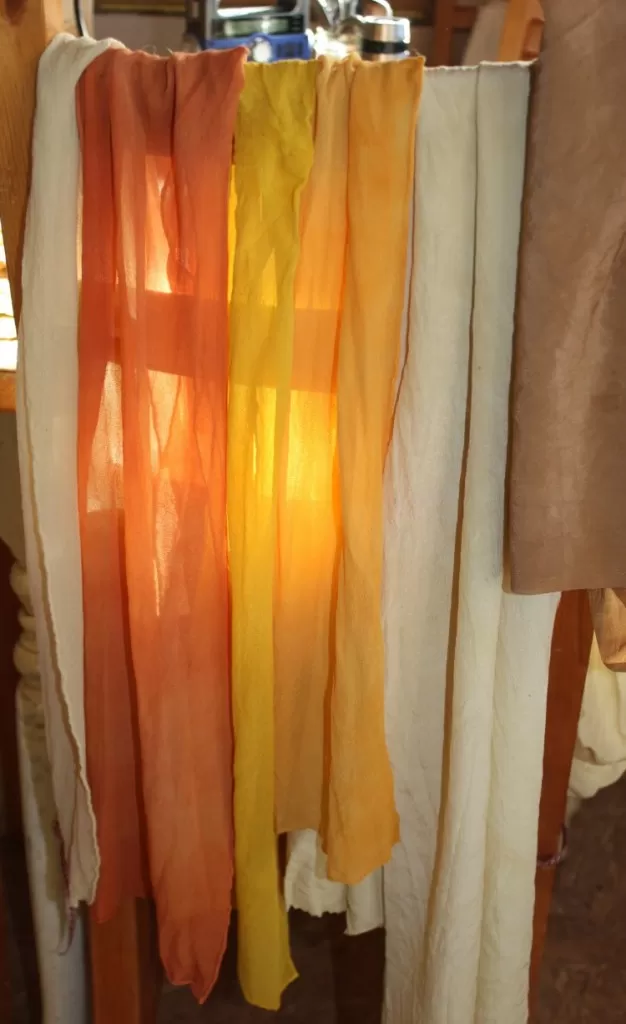
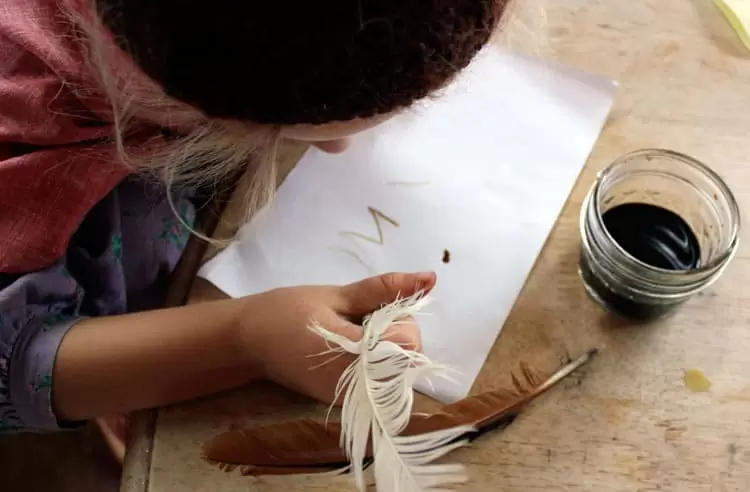
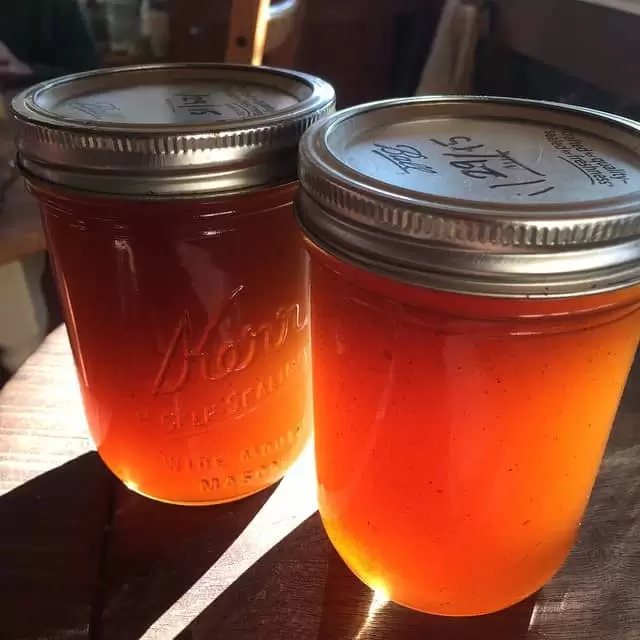
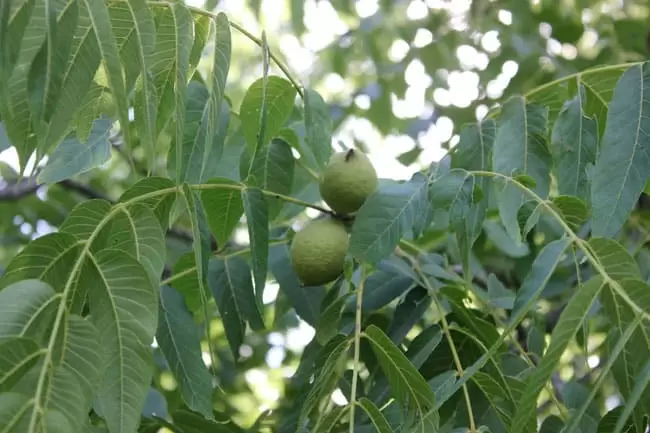
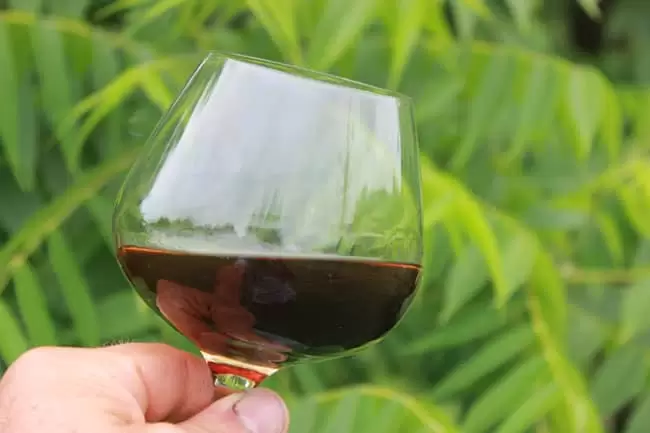
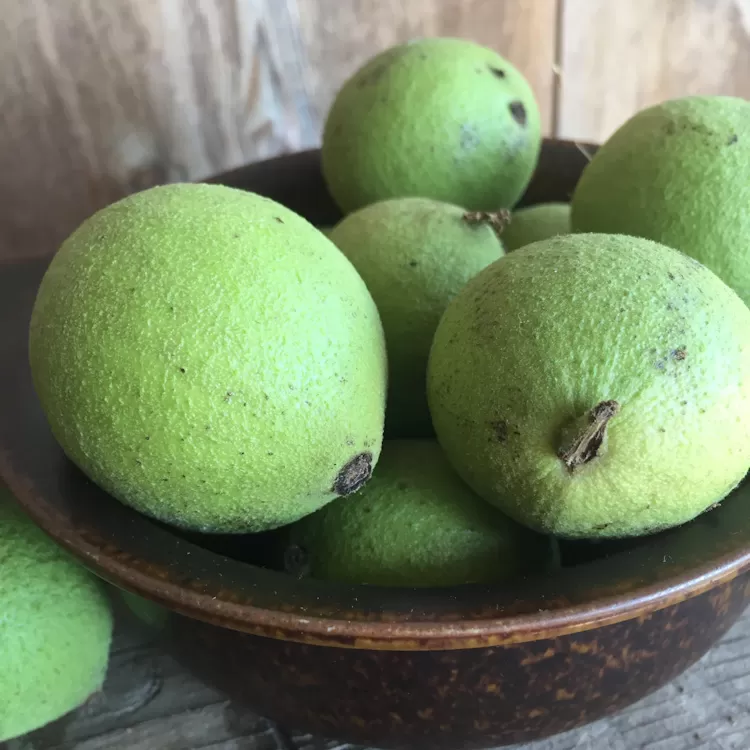
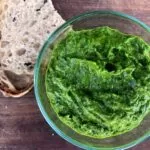
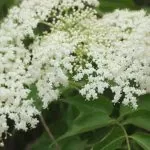
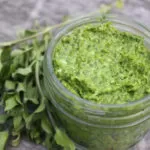
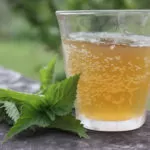
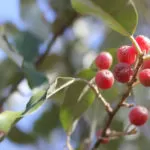
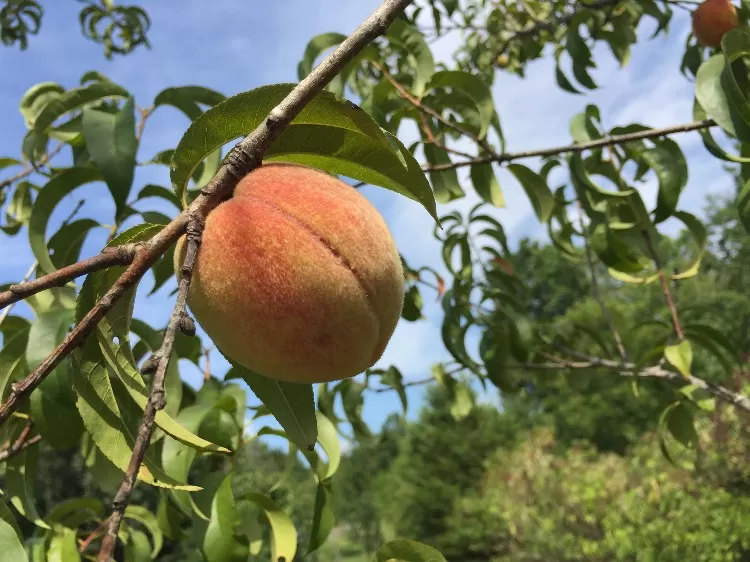


You can fill a tow sack with unhusked walnuts, beat it up with a rock, toss it in a creek and gather the minnows it stuns for bai.
My grandmother drove my grandfather’s pickup truck once every year. She drove the truck back and forth over a concrete pad scattered with black walnuts gathered from her trees in Southeastern Missouri She then made a black walnut “divinity” for the holidays. I cannot describe its almost -too -sweet- yet- perfectly -earthy magnificence . I will try to duplicate this dish for the holidays. Thanks for these memories.
Yes, we had neighbors who employed the same truck tactic! That recipe sounds really delicious. I hope you enjoy it!
We use black walnuts in our pumpkin bread.
I bet that is delicious!
Nocino (Black Walnut Liqueur) is delicious on ice cream too!
Can’t believe black walnuts have so much use! Thank you for this. Really helpful
Yes, they are incredible trees!